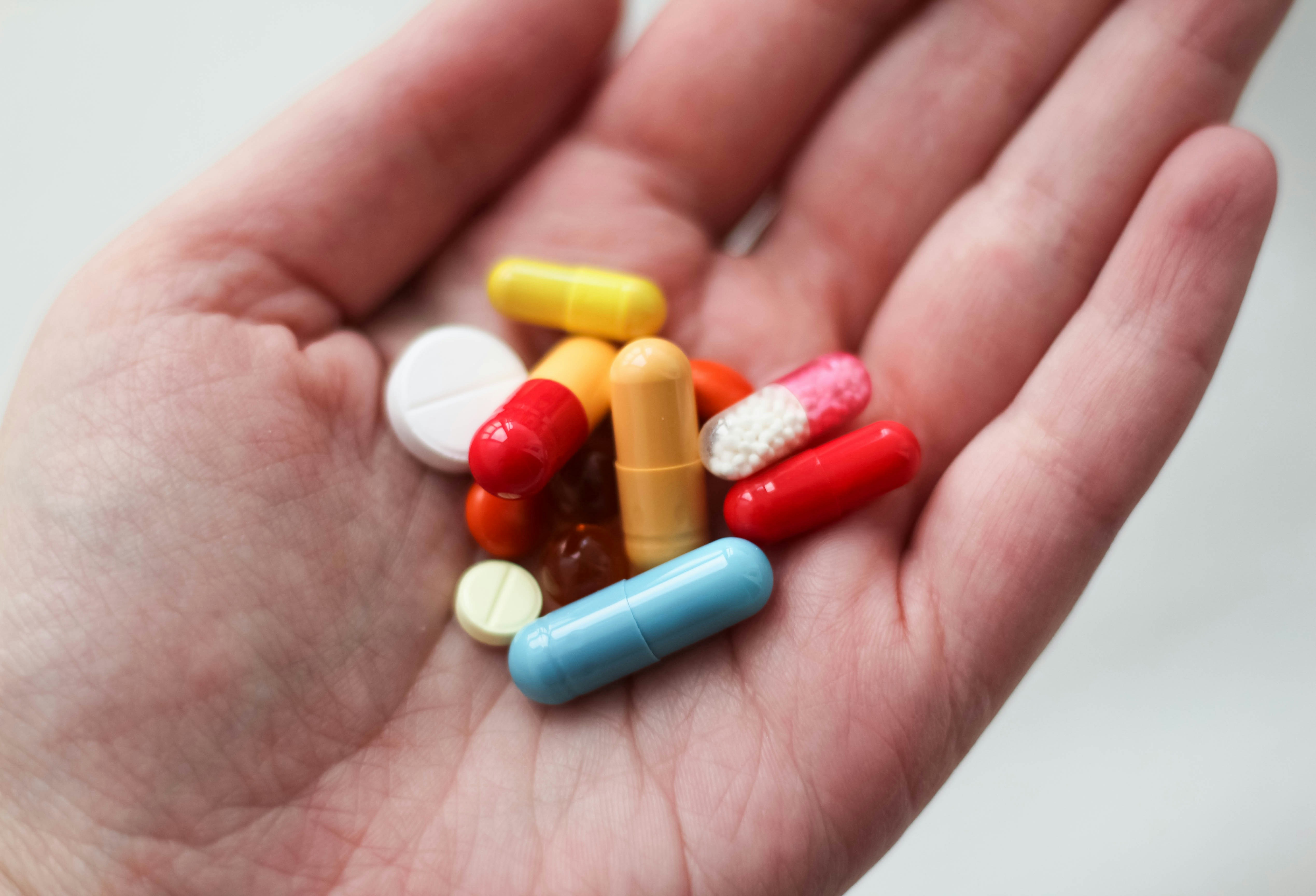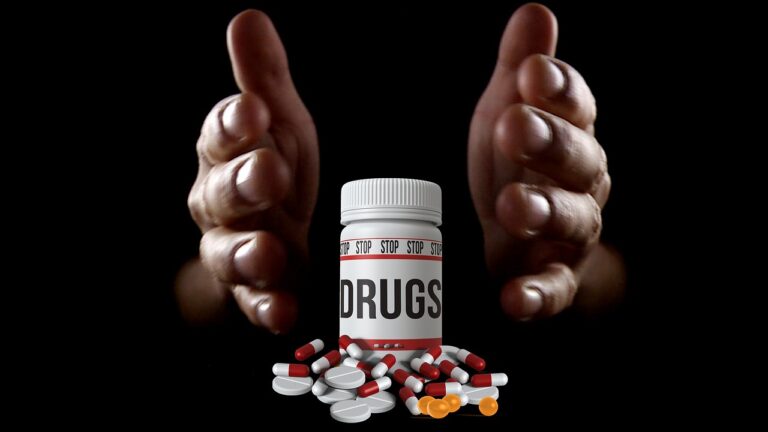Suboxone Withdrawal: What You Should Know
Suboxone Withdrawal: What You Should Know
Suboxone is a medication commonly prescribed to treat opioid addiction, assisting individuals in managing cravings and withdrawal symptoms associated with opioid use disorder. However, discontinuing Suboxone can lead to withdrawal symptoms.
Understanding Suboxone withdrawal, why it occurs, and how it can be managed is essential for those looking to successfully navigate this phase of recovery. Although Suboxone has been a vital resource in treatment, tapering off the medication without proper preparation can present challenges.
Our guide explores Suboxone withdrawal symptoms, the timeline, and practical steps to make the process more manageable, empowering individuals to advance through their recovery journey with confidence.

What is Suboxone, and Why Can It Cause Withdrawal?
Suboxone is a medication that combines two key ingredients: buprenorphine and naloxone, each playing a distinct role in the treatment of opioid dependence. Buprenorphine is a partial opioid agonist, meaning it binds to the same receptors in the brain as full opioids like heroin or oxycodone but produces a much weaker effect.
This helps to alleviate cravings and reduce withdrawal symptoms without causing the intense high associated with other opioids. By stabilizing brain chemistry, buprenorphine allows individuals to focus on their recovery without the overwhelming physical discomfort that often leads to relapse. Naloxone, the second component, serves as a safeguard against misuse.
As an opioid antagonist, naloxone blocks the effects of opioids and can even precipitate withdrawal if Suboxone is misused by injecting or snorting it. This dual-action formulation makes Suboxone a valuable tool in medication-assisted treatment (MAT) for opioid use disorder.
While Suboxone is highly effective in helping individuals stabilize during opioid addiction recovery, long-term use can lead to physical dependence, as is the case with many medications used in addiction treatment. Over time, the body adjusts to the presence of buprenorphine, and if the dose is reduced too quickly or stopped abruptly, Suboxone withdrawal symptoms may occur.
These Suboxone withdrawal symptoms can include muscle aches, anxiety, insomnia, nausea, and sweating, though they are typically milder than those caused by full opioids. To minimize discomfort, healthcare providers usually recommend a gradual tapering schedule, allowing the body to slowly adapt to lower doses.
Additionally, comprehensive treatment plans—including therapy, counseling, and support groups—can help individuals manage dependence and sustain recovery from a Suboxone withdrawal. Despite the potential for dependence, Suboxone remains a critical and life-saving medication when used as part of a structured treatment program.
Proper planning and medical guidance are crucial to managing this phase of Suboxone withdrawal effectively.
Symptoms of Suboxone Withdrawal
The symptoms of Suboxone withdrawal can vary widely from person to person, depending on several key factors. These include the dosage level a person has been taking, how long they have been using Suboxone, their individual metabolism, and their overall physical and mental health.
For example, someone who has been on a high dose for an extended period may experience more intense withdrawal symptoms compared to someone who has been taking a lower dose for a shorter duration.
Additionally, factors such as stress levels, co-occurring medical conditions, and whether the individual has a strong support system in place can also influence the severity and duration of Suboxone withdrawal.
Common withdrawal symptoms can be categorized into physical, psychological, and behavioral effects.
Physically, individuals may experience muscle aches, headaches, nausea, vomiting, sweating, chills, and gastrointestinal distress, such as diarrhea or stomach cramps. These symptoms arise as the body adjusts to the absence of buprenorphine, which it has become dependent on.
Psychologically, withdrawal can lead to anxiety, depression, irritability, mood swings, and difficulty concentrating. Some people may also experience intense cravings for opioids, which can be a significant challenge during recovery. Behaviorally, withdrawal can disrupt sleep patterns, leading to insomnia or excessive fatigue, and may also cause restlessness or agitation.
Because Suboxone withdrawal can be uncomfortable—though typically less severe than full opioid withdrawal—it is important to manage the process carefully. A healthcare provider can create a structured tapering plan to gradually reduce the dose, minimizing withdrawal symptoms and lowering the risk of relapse.
Supportive care, such as staying hydrated, maintaining a balanced diet, engaging in light exercise, and seeking emotional support through therapy or support groups, can also make the process more manageable. In some cases, additional medications may be prescribed to ease specific symptoms, such as anti-nausea drugs or sleep aids.
Understanding these potential challenges and preparing for them can help individuals navigate Suboxone withdrawal more effectively and maintain their progress in recovery.

Physical Symptoms
- Muscle aches and cramps
- Nausea and vomiting
- Diarrhea
- Sweating and chills
- Fluctuations in heart rate and blood pressure
Psychological Symptoms
- Anxiety
- Irritability
- Depression
- Insomnia
- Restlessness
Behavioral Symptoms
- Intense cravings for Suboxone or opioids
- Fatigue or low energy levels
While these symptoms can cause discomfort, they are typically not life-threatening. Early recognition of these signs allows individuals to take action and seek the necessary support. Find out how our Detox Treatment Program offered at Asheville Detox Center can help.
Stages of the Suboxone Withdrawal Timeline
Withdrawal from Suboxone unfolds over several phases, with symptoms increasing, peaking, and gradually declining. Below is an outline of the general timeline for withdrawal:
Onset (First 24-72 Hours)
Symptoms may begin 1 to 3 days after the last Suboxone dose. Individuals in this stage commonly experience nausea, sweating, mild muscle aches, and anxiety.
Peak Symptoms (Days 4-7)
During this phase, withdrawal reaches its peak. Both physical and emotional symptoms, such as irritability, intense cravings, and difficulty sleeping, are at their most severe.
Decreasing Symptoms (Weeks 2-4)
By this stage, most physical symptoms lessen, though lingering psychological effects like depression and anxiety may persist. These symptoms are generally milder but can still impact everyday life.
Post-Acute Withdrawal Syndrome (PAWS)
In some cases, psychological symptoms may continue for weeks or months after ceasing Suboxone. Common symptoms of PAWS include mood swings, difficulty concentrating, and intermittent cravings. This prolonged phase underscores the importance of ongoing therapy and support.

Managing Suboxone Withdrawal: Tips for a Smoother Process
Although withdrawal is a natural part of recovery, there are effective strategies to ease the transition. Following these guidelines can help minimize discomfort and promote well-being during this time.
Tapering Process Versus Quitting Abruptly
Discontinuing Suboxone suddenly, also known as quitting cold turkey, often intensifies withdrawal symptoms. A slower tapering process, supervised by a qualified medical professional, allows the body to gradually adjust to lower doses over time. This approach significantly reduces withdrawal severity. Consider our Partial Hospitalization Program for closely monitored tapering processes.
Accessing Medical Support
Reaching out to healthcare providers is one of the most efficient ways to navigate withdrawal. Medical detox programs can monitor symptoms and provide medications to address specific issues like anxiety, nausea, or insomnia.
Prioritizing Self-Care
Managing your physical health is essential during withdrawal. Strategies include:
- Drinking plenty of fluids to stay hydrated.
- Eating balanced meals rich in vitamins and nutrients.
- Engaging in light exercise to release endorphins and improve mood.
Practicing relaxation techniques, such as yoga or deep breathing, can also help manage emotional symptoms. Find additional resources on self-care techniques in our Holistic Treatment Programs.
Pursuing Therapy and Support Groups
Emotional support is a cornerstone of recovery. Individual therapy can help address underlying issues related to addiction, while group counseling offers a sense of community and shared experiences. For additional resources on individual therapy, visit our programs page.
Suboxone withdrawal, while challenging, is a significant step toward achieving complete recovery from opioid addiction. At Oasis Recovery Center, we offer a range of services to assist individuals throughout the withdrawal and recovery process. Reach out to us today for personalized assistance or learn more by exploring our Outpatient Treatment Programs.
For Lasting Recovery, Reach Out to Oasis Recovery Center
If you or a loved one is struggling with Suboxone dependence or opioid addiction, you don’t have to face withdrawal and recovery alone.
At Oasis Recovery Center, we provide compassionate, evidence-based care to help you safely taper off Suboxone, manage withdrawal symptoms, and build a sustainable path to sobriety. Our expert medical team understands the challenges of opioid dependence and offers personalized treatment plans tailored to your unique needs.
Why Seek Professional Help for Suboxone Withdrawal?
Withdrawal from Suboxone can be physically and emotionally taxing, often leading to relapse without proper support. Symptoms like muscle aches, anxiety, insomnia, and cravings can feel overwhelming—but with medical supervision and a structured tapering plan, the process becomes much more manageable.
At Oasis Recovery Center, we combine medication-assisted treatment (MAT), therapy, and holistic care to ease discomfort and address the root causes of addiction.
Comprehensive Addiction Treatment at Oasis Recovery Center
We offer more than just Suboxone detox—our programs include:
Medically Supervised Detox – Safe, comfortable withdrawal management
Individual & Group Therapy – Addressing trauma, cravings, and relapse prevention
Dual Diagnosis Treatment – Healing co-occurring mental health disorders
Aftercare Planning – Ongoing support to maintain long-term recovery
No two recovery journeys are the same, which is why we customize treatment to fit your goals, whether you’re transitioning off Suboxone or seeking help for opioid or other substance use disorders.

Take the First Step Today
You deserve a life free from dependence. At Oasis Recovery Center, we provide the tools, support, and medical expertise to help you reclaim control.
Don’t let withdrawal fears or addiction hold you back—reach out today or call us and let Oasis Recovery Center guide you toward lasting healing. Your new beginning starts here.








